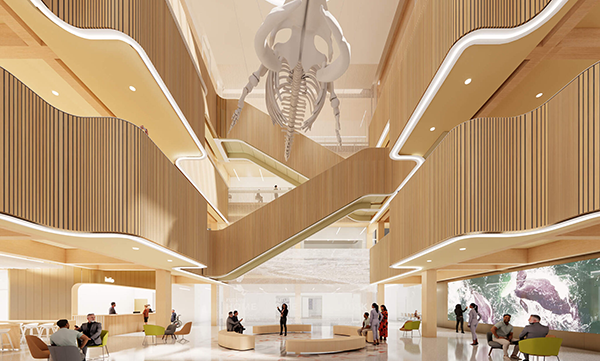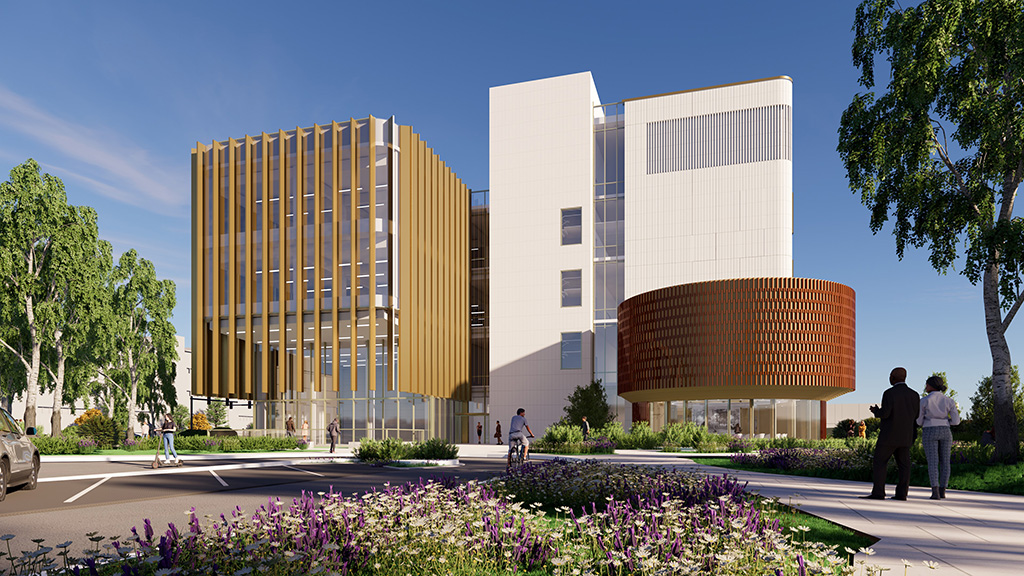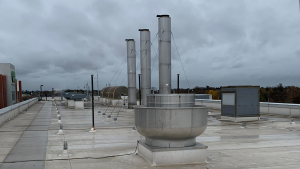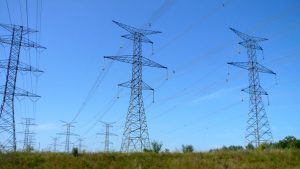MONCTON, N.B. — Members of the project team, politicians and the like recently gathered to mark the start of construction for the science wing.
According to a release from architect Diamond Schmitt, site preparation began in 2023. Occupancy for the science wing is anticipated in 2028 and the full $600 million ASEC facility is expected to be operational by 2032.
The project is one of the largest federal investments in Atlantic ���ϳԹ��� since the Confederation Bridge.
In all it will be completed in three phases, allowing the current facility, located at the site of the existing Gulf Fisheries Centre, to remain operational throughout.
Construction of the final phase is expected to begin in 2028.

Designed by Diamond Schmitt in collaboration with EXP, the project maintains the heritage facade of the original building and was developed through visioning sessions with local Indigenous community members and representatives from the Congregation of the Sisters of Notre-Dame du Sacré-Coeur and founders of the former College Notre Dame d’Acadie. The construction management contract was awarded to Pomerleau.
The ASEC it targeting LEED Gold certification and net-zero greenhouse gas emissions. It also incorporates mass timber construction.
Once complete, the centre will accommodate over 700 scientists from five federal organizations including Fisheries and Oceans ���ϳԹ���, Environment and Climate Change ���ϳԹ���, the Canadian Food Inspection Agency. and the National Research Council of ���ϳԹ���. It will feature state-of-the-art laboratory spaces, offices and other workspaces.
There will also be a four-storey atrium and skylit galleria that will serve as an exhibition space to commemorate the Sisters, provide a place for science on display, recognize Indigenous communities and serve as a place for gathering. It will also create an architectural transition between the retained heritage façade and the new building.
Total construction costs are expected to exceed $300 million (before taxes) and upwards of 200 workers will be onsite during peak periods.











Recent Comments